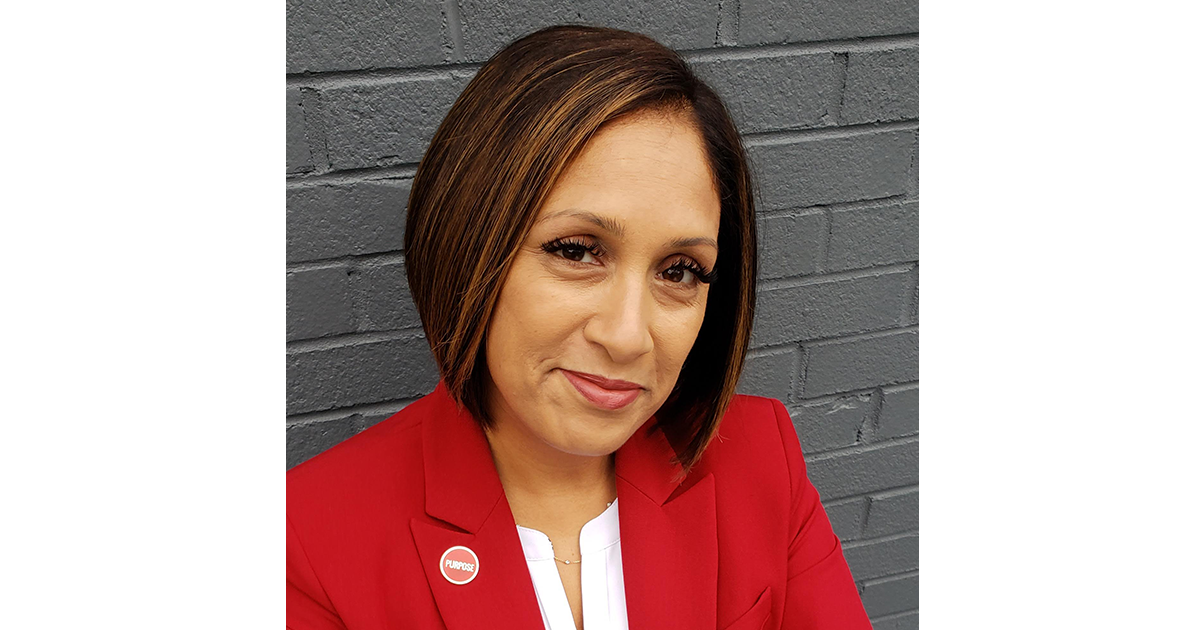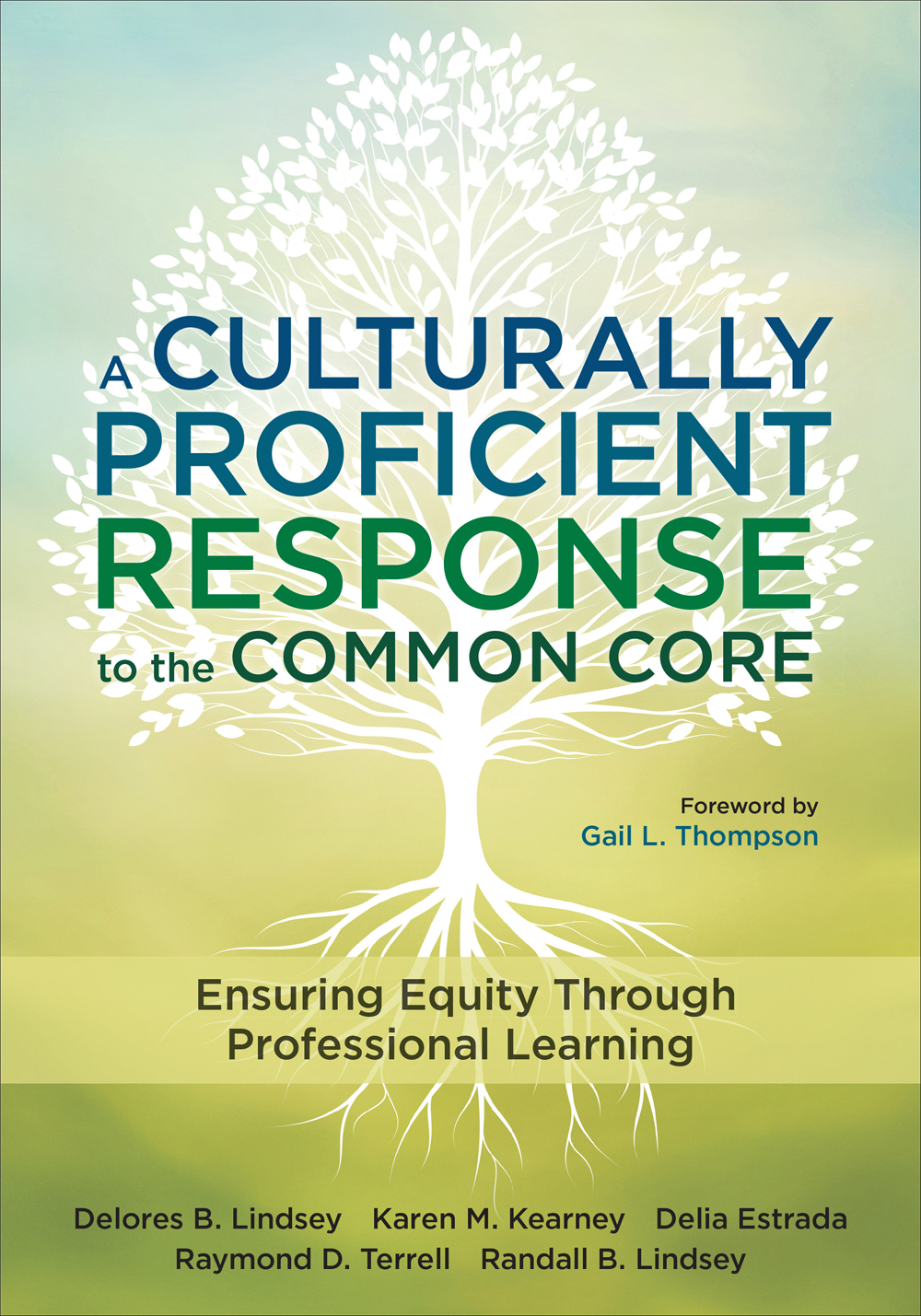Diversifying the Teacher Workforce: Q&A with Saroja Warner
Posted on by Saroja Warner

Saroja Warner is a champion for educational equity.
Warner began her career in education by teaching history in the same district she attended K–12 schools herself: Montgomery County, Maryland. When she pivoted to preparing teachers for the rigors of teaching, her commitment to ensuring that students of color have positive schooling experiences never wavered.
After extending her efforts to the state and national policy arena, Warner is now the Director of Talent Development and Diversity (TDD) at WestEd. She and the impressive team in TDD are focused on developing and retaining an effective, culturally responsive, and racially and linguistically diverse educator workforce and on providing technical assistance, evaluation services and research that increase educators’ and leaders’ use of policies and practices that promote equitable learning outcomes for each student.
In this Q&A, she shares insights about how American schools can serve students equitably through the creation of a diverse and culturally responsive teacher workforce.
Was there a particular teacher in your life that had a formative impact on you and your passion for the topic of cultural relevancy in education?
I had one Black teacher in my entire K–12 career, my first-grade teacher Mrs. Kyles. And while I didn’t understand as a six year old that what she did every day would be characterized today as culturally responsive teaching (CRT), it was the experiences I have had since in the classrooms of dozens of white teachers who have contributed to my understanding of the power of CRT. Sometimes you can see something with the greatest of clarity when it’s absent. When I became a teacher, I was motivated to be like Mrs. Kyles.
How does embracing diversity in the teacher workforce and among students support a positive school climate?
An effective teacher workforce must represent the racial diversity of students in PK–12 schools in order to advance educational equity. As students prepare to enter an increasingly global society, research demonstrates that all students benefit from having a diverse group of teachers who represent a variety of backgrounds. Giving students exposure to people who are different from themselves, and the ideas and challenges that such exposure brings, leads to improved cognitive skills, including critical thinking and problem solving.
In particular, regular interactions with individuals from a variety of races and ethnic groups, especially during childhood, can help to combat negative stereotypes and reduce implicit biases inside and outside the classroom. The goal is really to strengthen students’ abilities to become comfortable with peers from different backgrounds, which leads to innovative and greater social cohesion.
Students benefit from mirrors and windows: the mirror represents the story that reflects their own culture and helps them build their own identity, and the window offers them a view into someone else’s experience.
Simply stated, diversity makes us smarter.
Can you share more about how culturally responsive teaching can improve student outcomes?
Increasing the racial diversity of the teacher workforce must be accompanied by deliberate attention to build current as well as future teachers’ capacity to enact pedagogies and practices that recognize and embrace students’ cultures as assets in the classroom. Evidence linking culturally responsive teaching to positive student outcomes continues to emerge. For instance, positive early student-teacher relationships are associated with better academic and behavioral student outcomes.
Furthermore, building on students’ prior knowledge and experiences when introducing new content can increase students’ motivation for learning and effective information processing.
Additionally, nurturing school climates that are inclusive and culturally responsive requires intentional effort, action, and investment by school and district leaders. In fact, without strong leadership to create and sustain the necessary conditions for culturally responsive schools, efforts to recruit and retain teachers of color will fall short.
There are efforts underway in states and school districts across our nation to increase the racial diversity of the teacher workforce. In a recent paper written by my colleague Eric Duncan and I, we establish a vision for success by addressing the question, “If we had a diverse and culturally responsive teacher workforce, how would each student and each teacher experience teaching and learning?” accompanied by detailed policy and practice guidance for state leaders to achieve the aspirations. This vision and guidance paper is being used as an anchor document to direct work in over a dozen states today.
What is a tip or strategy that educators (at any level) can use to welcome diversity?
Welcoming diversity starts with acknowledging diversity. Educators who engage in colorblindness as an avenue to reject racism do not realize this ideology is counterproductive. While race is a social construction with no genetic basis, it is real. Race is perceived, it is assigned, and it continues to impact educational opportunities for students in our nation’s schools.
Rather than turn a blind eye to a significant root cause of educational inequity in our nation, educators can better serve students of all races, cultures, and backgrounds by seeing them, understanding that their race is a part of their identity (just as it’s a part of their own), and enacting culturally responsive practices that value diversity as an asset in learning and life.
I encourage people to check out this article to begin this journey.
What motivates you to continue doing this work and/or how do you see your work evolving?
When asked this question, most people who work in the education sector typically talk about their children or grandchildren as the motivating force for their work. I am inspired each day by a traditional greeting exchanged by Masai warriors: Kasserian Ingera. It means, “And how are the children?” This greeting continues to be used today, even among those with no children of their own, and signals the high value the Masai always place on children’s well-being. And in response they always say, “All the children are well,” signifying the Masai priorities of protecting the young and powerless are in place.
I see my/our work to achieve a racially diverse and culturally responsive teacher workforce as critical to building a culture in our education systems across our nation where all children are treated as our children, not as other people’s children.
I am motivated by the aspiration that every adult among us feels an equal weight for providing high-quality educational experiences for each child in our neighborhood, our state, and our nation.

